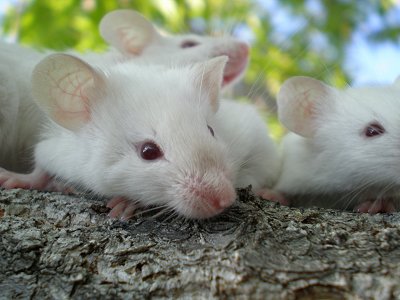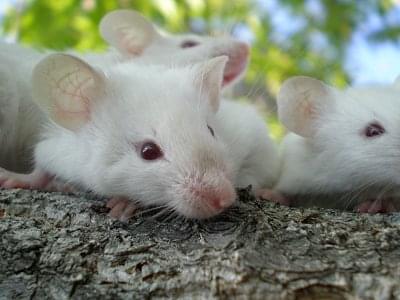Circa 2014 face_with_colon_three

Both science fiction and actual science have demonstrated the malleability of memory, from implanting artificial memories to suppressing bad ones. MIT researchers recently added to the body of memory work with their recent publication in Nature about swapping positive and negative memories in lab mice.
Memories are complicated. For one thing, as soon as we experience something, our brains go to work, associating the memory with context, whether it’s emotional or geographical or involving the people surrounding the event. Because memories aren’t exact recordings of what has actually happened (which is what makes eyewitnesses notoriously unreliable), psychologists and scientists have long been toying with it, seeing how they can manipulate people to either create new associations surrounding an event, remember things that had been long buried, or even implant new memories. MIT’s recent study sought to identify the neurological basis for such ideas.
The subjects in the study were mice that had been genetically engineered to express a protein sensitive to light—a handy move, given that the scientists can use a laser to activate different neurons. They created positive memories in half of the mice by allowing them to hang out with a female mouse, and they created negative experience in the other half of the mice by subjective them to mild electric shocks. Thus, the experiences activated the neurons in the hippocampus that give structure to memories, as well as the neurons in the amygdala that associate memories with emotions.









Comments are closed.